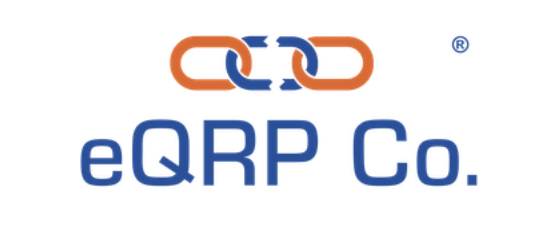If you are considering actively or passively investing in apartment syndications, it is probably a good thing to know the biggest drivers of operating expenses. Management, or mismanagement and lack of preparation, of these expenses can make, or break, your investment plan. So pay attention to these two top drivers of operating expenses in most apartment investments.
Taxes
Taxes are usually uncontrollable expenses, meaning you are not very likely to reduce them and they are what they are. But that does not mean you should ignore this expense. Going into an investment opportunity, solid underwriting is critical, and you should do everything possible to understand what property taxes could be for you during ownership of the asset.
It is not enough to simply look at the current taxes. In many states such as Florida, taxes are reassessed at the point of sale, which means that as soon as you purchase the property, you could be paying higher taxes than the previous owner. For those who are unprepared and did not include this in your underwriting, the financial impacts could be harmful and an otherwise attractive deal could no longer make sense.
Utilities
The second largest expense is typically utilities: water and sewer. Unlike property taxes, however, utilities can be managed and reduced. For example, leaks and deferred maintenance on plumbing can cause unnecessary high utility costs. Addressing this with completing necessary repairs and efficient upgrades can reduce your utility bill. Also, in landlord friendly states, it is common to pass on or bill back the utility bill to residents, which directly reduces your bottom line as operating expenses may significantly be reduced. Prior to going into an investment, understand the sponsor’s plan for addressing utilities if they are abnormally high or not currently being billed back.
Growing value from your apartment investment does not only come from increasing income. The same affect to net operating income can be achieved by managing and reducing expenses. As a passive investor, learn from your sponsor each area of potential value-add opportunities in order to fully vet the investment opportunity.
💡Invest Your Retirement w/ eQRP
– How To Use Your 401k To Invest In Real Estate



